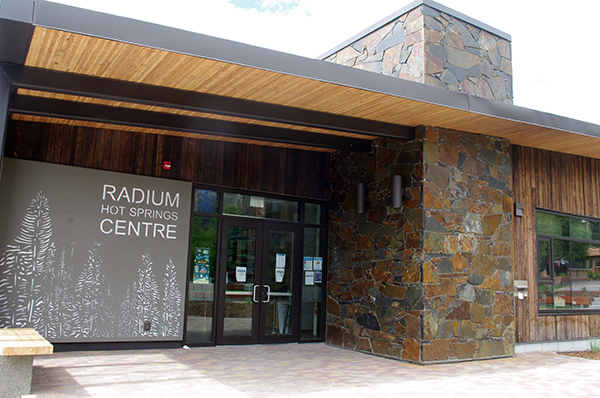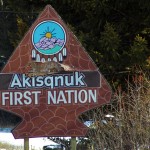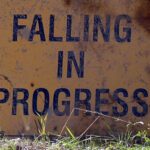Home »

New Radium hall recognized for wood design
At the virtual annual convention of the Union of BC Municipalities (UBCM) this week, leading B.C. organizations involved with wood in design and building are applauding local governments for their vision and leadership for wood use in communities.
Wood WORKS! BC together with BC Wood are noting the many community projects in the past few years that have showcased wood products and building systems, including mass timber, in design, technology and construction and front and centre in their praise is Radium Hot Springs’ new community hall and library.
“Advancements in construction techniques, wood product technology and innovative building design are within reach for communities of every size,” stated Lynn Embury-Williams, executive director, Wood WORKS! BC. Wood WORKS! BC is a program of the Canadian Wood Council, with a goal to advance wood use in B.C.
She notes that design-forward wood architecture and engineering have become a feature of many communities throughout B.C.—a distinctive trend that has set the province apart from the rest of Canada.
While light-frame wood construction will likely remain a mainstay in buildings six storeys and under, mass timber is now becoming a mainstream structural building system that is an economic, high performance and low-carbon alternative.
Since 2007, more than half of the 370 mass timber buildings built in Canada were constructed in B.C. New building codes now further expand the possibilities for wood. B.C.’s early adoption of the 2020 National Building Code of Canada (NBCC) includes increasing the maximum height limit for wood buildings to 12 storeys (42 metres in height) using Encapsulated Mass Timber Construction (EMTC), and so far, 13 B.C. communities have signed on to become early adopters, allowing taller wood buildings with additional requirements. Additional communities are expected to also approve the adoption of up to twelve storey wood structures.
“Because municipalities have embraced wood products and building systems, including mass timber, in recent years, an ecosystem of talent and skill has grown in B.C., which has advanced the technical proficiency and innovation with wood, making the province a global leader in wood design and technology,” Embury-Williams added. “Many local governments have become exemplary advocates for wood, demonstrating visionary initiatives that work toward building a community culture of wood.”
Mass timber products, including prefabricated panels, are factory built in B.C. and trucked into towns and remote sites, erected in relatively quick time spans, and often built by local tradespeople. They are designed in advance by B.C. architects and engineers, and reference natural surroundings and local culture and history. Communities of all sizes usually collaborate directly with designers and local wood products are often used.
Advances in engineered timber building materials and systems have also led to more affordable buildings, which is appealing to local governments who want to make the most of scarce building budgets.
“We are seeing new and innovative wood products and building systems being used by local governments all across the province, and we applaud them for advancing wood use while providing economic benefits for their communities,” explained Brian Hawrysh, chief executive officer of BC Wood, representing B.C.’s value-added wood products industry. “It’s important to note that B.C. is a large global producer of both primary and secondary wood products, and it’s exciting for communities to be able to support BC’s forest industry while advancing innovation and lowering carbon impacts.”
Throughout the province, dozens of such examples have popped up in recent years.
A case in point is the Radium Hot Springs Community Hall and Library, one of the first public buildings in B.C. to be built using dowel laminated timber (DLT).
DLT is a mass timber structural panel constructed of standard dimensional lumber, friction-fit together with hardwood dowels, not requiring the use of nails, screws, or adhesives. Designed as a “100 mile” building, it maximized the use of local wood products and labour, thereby reducing the overall carbon footprint of the development. “The project re-vitalized our community meeting space and turned this community hall and library into a centrepiece project for the municipality,” explained Arne Dohlen, director of Planning and Development Services, Village of Radium Hot Springs.
The project is featured in a new technical case study on civic buildings, produced by Wood WORKS!
“Wood will continue to play a more significant role in local government projects as communities are demanding high performance buildings to reach their required sustainability goals, making wood and its benefits of being a low-carbon and renewable building material an ideal choice,” concluded Embury- Williams.
The latest advancements in wood design and building, in both architectural and structural applications are being profiled by BC Wood and Wood WORKS! BC at this year’s UBCM conference, where the theme is Diversity by Design.
e-KNOW file photo
Submitted







